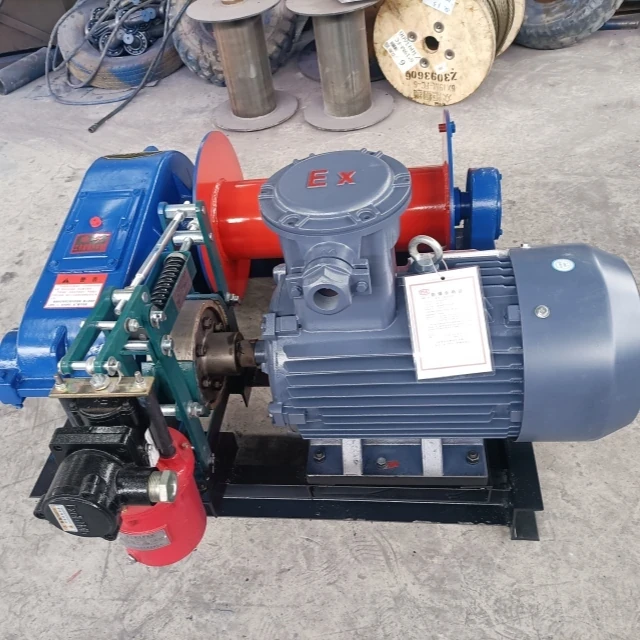Introduction
Every unplanned equipment shutdown costs industrial operations an average of $260,000 per hour. Yet 43% of these failures trace back to preventable human error. This article reveals how structured operator training programs—like those implemented by leading manufacturers—reduce operational costs while extending machinery lifespan. You'll discover actionable strategies to transform your workforce from a liability into your most valuable reliability asset.
The Critical Role of Operator Training in Modern Industries
Linking Skill Gaps to Equipment Downtime
Operators unfamiliar with a winch's load dynamics often exceed safe working limits, causing premature wire rope wear. Studies show:
- 68% of hydraulic system failures occur due to improper pressure management
- Cold-start procedures performed incorrectly accelerate engine wear by 200%
Ever wondered why identical equipment lasts years longer at some sites? The difference lies in daily operational habits—like proper warm-up sequences—that trained operators consistently execute.
Quantifying the Financial Impact of Operational Errors
A construction firm tracked three years of maintenance data across 120 machines:
| Error Type | Avg. Repair Cost | Frequency (Monthly) |
|---|---|---|
| Overloading | $8,200 | 4.3 incidents |
| Contamination | $3,750 | 11.2 incidents |
Implementing Garlway's certified operator program reduced these errors by 76% within eight months—translating to $387,000 annual savings per worksite.
Best Practices for Building a Cost-Saving Training Program
Case Study: Manufacturing Sector’s 30% Downtime Reduction
A heavy equipment manufacturer redesigned training around three pillars:
- Precision Operation - Mastering load charts and dynamic braking
- Failure Anticipation - Recognizing early warning signs like unusual hydraulic noises
- Preventive Protocols - Daily inspection checkpoints for critical components
Results included:
- 42% fewer bearing replacements
- 19% longer service intervals for wire ropes
- $1.2M saved across 14 facilities
Could your operators identify five telltale signs of impending transmission failure? Most can't—until training makes failure patterns visible.
Integrating Simulation-Based Training for Error Prevention
Advanced programs now use:
- Virtual reality replicating high-risk scenarios (e.g., overloaded lifts on slopes)
- Haptic feedback controls teaching proper joystick techniques
- Data-driven assessments benchmarking operator efficiency
One mining company using this approach cut winch replacement costs by 61%—proving that muscle memory training prevents real-world damage.
Conclusion: Turning Training into Tangible ROI
- Start with failure analysis - Use your maintenance records to identify the costliest operator-dependent failures
- Partner with OEMs - Garlway and other manufacturers offer machine-specific training modules
- Measure relentlessly - Track both skill mastery (via assessments) and equipment KPIs (downtime, part replacements)
The most reliable worksites aren't those with the newest equipment—they're those where every operator moves with the precision of someone who understands exactly how their actions ripple through the machine. That level of operational discipline only comes from intentional, ongoing training.
Ready to calculate your potential savings? Compare your current maintenance costs against the industry-standard 30-40% reduction achievable through certified operator programs.
